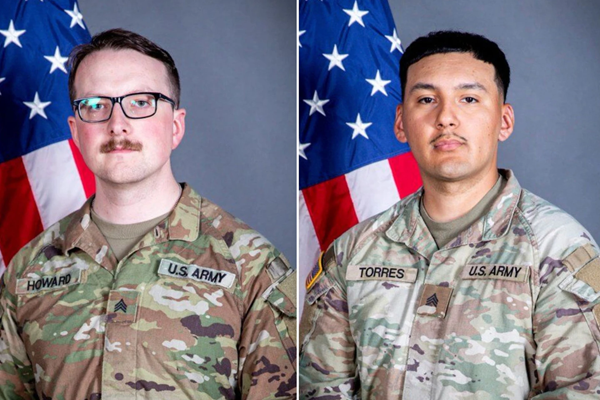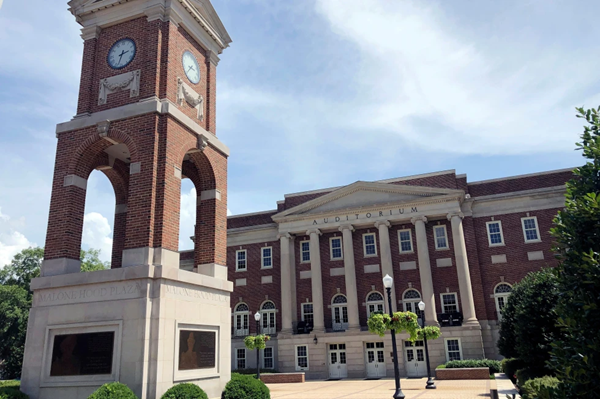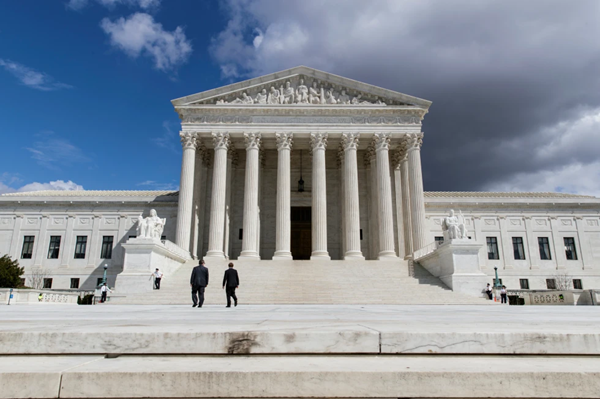Haiti, Jamaica and Cuba pick up the pieces after Melissa’s destruction
SANTIAGO DE CUBA, Cuba (AP) — The rumble of large machinery, whine of chainsaws and chopping of machetes echoed through communities across the northern Caribbean on Thursday as they dug out from the destruction of Hurricane Melissa and assessed the damage left by the catastrophic storm.
In southeastern Jamaica, government workers and residents began clearing roads in a push to reach dozens of isolated communities that sustained a direct hit from one of the most powerful Atlantic storms on record.
Stunned residents wandered about, some staring at their roofless homes and waterlogged belongings strewn around them.
“I don’t have a house now,” said a distressed Sylvester Guthrie, a resident of Lacovia in the southern parish of St. Elizabeth, as he held onto his bicycle, the only possession of value left after the storm.
“I have land in another location that I can build back, but I am going to need help,” the sanitation worker said.
Emergency relief flights began landing at Jamaica’s main international airport, which reopened late Wednesday, as crews distributed water, food and other basic supplies. Helicopters thrummed above communities where the storm flattened homes, wiped out roads and destroyed bridges, cutting them off from assistance.
“The devastation is enormous,” Jamaican Transportation Minister Daryl Vaz said.
Authorities said they have found at least four bodies in southwest Jamaica.
Prime Minister Andrew Holness said up to 90% of roofs in the southwest coastal community of Black River were destroyed.
“Black River is what you would describe as ground zero,” he said. “The people are still coming to grips with the destruction.”
More than 25,000 people remained crowded into shelters across the western half of Jamaica, with 77% of the island without power.
Death and flooding in Haiti
Melissa also unleashed catastrophic flooding in Haiti, where at least 25 people were reported killed and 18 others missing, mostly in the country’s southern region.
“It is a sad moment for the country,” said Laurent Saint-Cyr, president of Haiti’s transitional presidential council.
Haitians in the capital Port-au-Prince, already facing the challenges of displacement, were burdened further Wednesday after Hurricane Melissa brought heavy rains which flooded makeshift tents and homes. (AP video shot by: Pierre Luxama)
He said officials expect the death toll to rise and noted that the government is mobilizing all its resources to search for people and provide emergency relief.
Steven Guadard, who lives in Petit-Goâve, said Melissa killed his entire family.
“I had four children at home: a 1-month-old baby, a 7-year-old, an 8-year-old and another who was about to turn 4,” he said.
Haiti’s Civil Protection Agency said Hurricane Melissa killed at least 20 people, including 10 children, in Petit-Goâve, where more than 160 homes were damaged and 80 others destroyed.
More than 11,600 people remained sheltered in Haiti because of the storm.
Slow recovery in Cuba
Hurricane Melissa is grinding across eastern Cuba as a Category 3 storm after pummeling Jamaica as one of the strongest Atlantic hurricanes on record. (AP video by Ariel Fernández)
In Cuba, heavy equipment began to clear blocked roads and highways and the military helped rescue people trapped in isolated communities and at risk from landslides.
No deaths were reported after the Civil Defense evacuated more than 735,000 people across eastern Cuba ahead of the storm. They slowly were starting to return home.
The small, iconic town of El Cobre in the eastern province of Santiago de Cuba was one of the hardest hit by Hurricane Melissa.
Home to some 7,000 people, it is also the site of the Basilica of Our Lady of Charity, patron saint of Cuba and deeply venerated by Catholics and practitioners of Santería, an Afro-Cuban religion.
“We went through this very badly. So much wind, so much wind. Zinc roofs were torn off. Some houses completely collapsed. It was a disaster,” said Odalys Ojeda, a 61-year-old retiree, as she looked up at the sky from her living room where the roofing and other parts of the house were torn away.
Even the basilica wasn’t spared.
“Here at the sanctuary, the carpentry, stained glass and even the masonry suffered extensive damage,” Father Rogelio Dean Puerta said. “The town was also badly affected. Many people lost their homes and belongings. We need help.”
In the more rural areas outside the city of Santiago de Cuba, water remained standing in homes Wednesday night as residents returned from shelters to save beds, mattresses, chairs, tables and fans they had elevated ahead of the storm.
A televised Civil Defense meeting chaired by President Miguel Díaz-Canel did not provide an official estimate of the damage. However, officials from the affected provinces — Santiago, Granma, Holguín, Guantánamo, and Las Tunas — reported losses of roofs, power lines, fiber optic telecommunications cables, cut roads, isolated communities and losses of banana, cassava and coffee plantations.
Hurricanes are powerful storms that can produce strong winds, rain and storm surges. They’re called hurricanes in the Atlantic, but typhoons in the Pacific or cyclones in other ocean basins around the world. (AP Video: Brittany Peterson and Eva Malek. Production: Mary Conlon)
Officials said the rains were beneficial for the reservoirs and for easing a severe drought in eastern Cuba.
Many communities were still without electricity, internet and telephone service because of downed transformers and power lines.
A historic storm
When Melissa came ashore in Jamaica as a Category 5 hurricane with top winds of 185 mph (295 kph) on Tuesday, it tied strength records for Atlantic hurricanes making landfall, both in wind speed and barometric pressure. It was still a Category 3 hurricane when it made landfall again in eastern Cuba early Wednesday.
A hurricane warning remained in effect Thursday for Bermuda. Hurricane conditions were expected to continue through the morning in the southeastern Bahamas, where dozens of people were evacuated.
Melissa was a Category 2 storm with top sustained winds near 105 mph (169 kph) Thursday morning and was moving north-northeast at 24 mph (39 kph) according to the U.S. National Hurricane Center in Miami.
The hurricane was centered about 515 miles (830 kilometers) southwest of Bermuda.
Melissa was forecast to pass near or to the west of Bermuda late Thursday and may strengthen further before weakening Friday.




